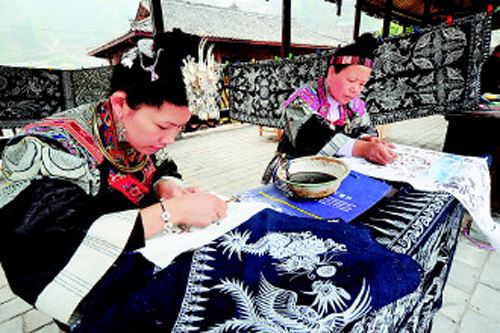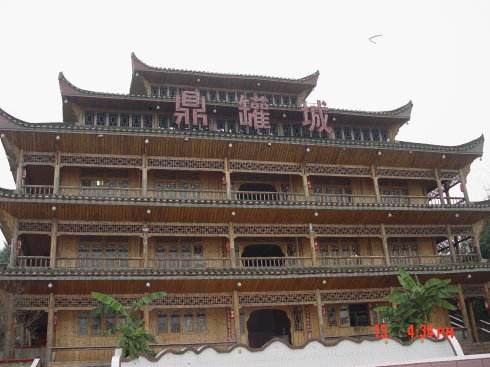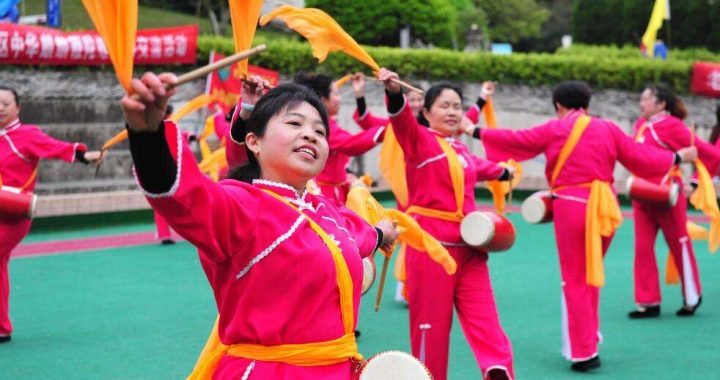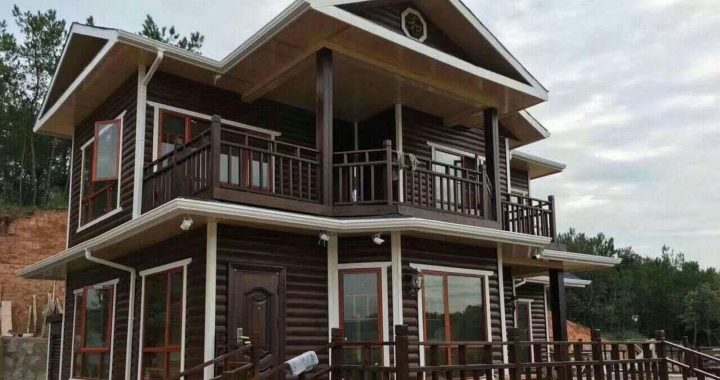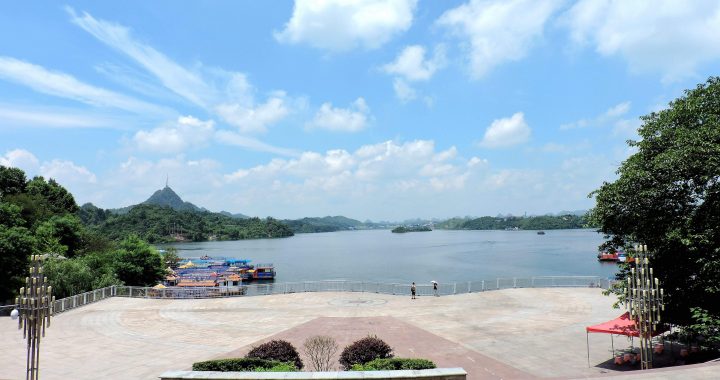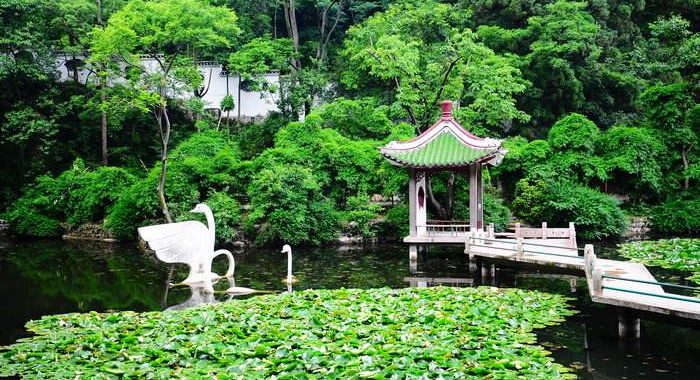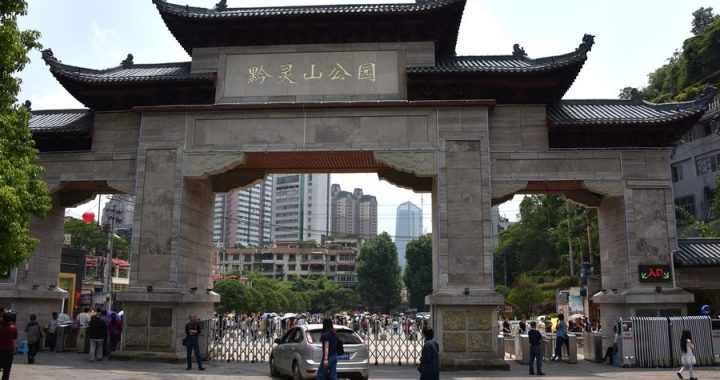Guiyang’s Karst and Waterfalls
5 min readHidden amongst jagged karst(limestone)mountains,misty waterfalls and undulating hills,Guiyang is a gem hidden under layers of gorgeous scenery,and with each step,a new vista emerges.
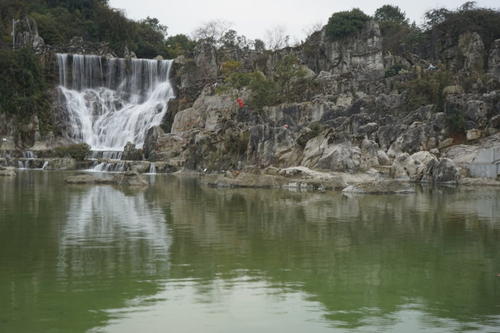
Guizhou Province is in China’s southwest on the Yunnan-Guizhou Plateau over 3,280 feet(1,000 m)above sea level.The mountainous terrain has diligently kept much of the province’s early history a mystery.This mystique is heightened by the province’s misshapen land.Craggy rock formations poke out of the rough earth,rivers are squeezed by narrow mountains and form swift rapids.One of China’s most spectacular waterfalls can be found in Anshun,a small city not far from Guiyang.
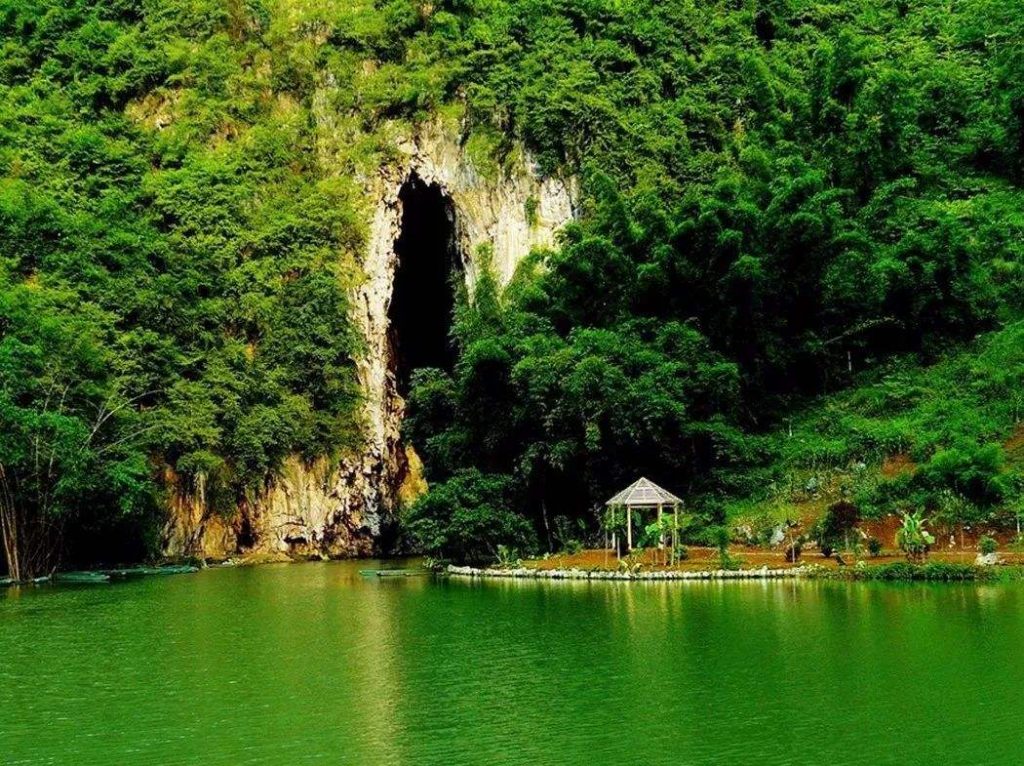
A local saying goes,“It doesn’t go more than three days without raining and you won’t find more than a square meter of flat land,”and despite being agriculturally poor because of the mountainous terrain,it’s the same mountains that make the province so appealing for the visitor.The rugged landscape is constantly changing:one moment there are expansive mountains that stretch to the clouds then around the next bend are waterfalls splashingdown sheer cliffs with rivers that spill into raging rapids past old growth forests and into underground caverns.After a day of exploring,chances are you’1l be tired,but the visual spectacle will keep your eyes begging for more.

Bulls going head to head.
To emphasize Guizhou’s former isolation,a legend goes that the emperor of the Han dynasty,one of China’s most celebrated periods of development,sent an envoy to Yelang,the largest of the many small kingdoms that inhabited the area.The king,in his ignorance,asked the envoy of the mighty Han,“Which kingdom is larger?”Today Guizhou remains off the radar of most tourists to China despite having extensive transportation links that make traveling to this relatively unspoiled beauty no harder than to other destinations in China.

Guizhou is now home to 48 ethnic minorities out of China’s 56 ethnic groups.The Miao,Dong,Yi,Zhuang,Yao,and Buyi all inhabit the land.Their bright festivals and villages offer plenty of scope for exploration.
The provincial capital is Guiyang,which also serves as the province’s transportation center.In Chinese,Guiyang means”precious sunshine”and it’s an appropriate name for a city that rests 3,514 feet(1,071 m)above sea level.Even though the city sits amongst the clouds,it’s protected from harsh weather by surrounding mountains.

The city may seem like any developing Chinese city,but spend an afternoon exploring the narrow lanes set with large stone steps,upturned eaves at every corner,gray tiles framing weathered wooden doors on aged homes and it becomes clear that the city is a boon for those who seek a city that remains true to its past.
A short 10.5 miles(17 km)from Guiyang is Huaxi Park(huaxi gongyuan ),whose softly rolling hills,vivid flowers,crystal clear pools and silent pavilions have made it one of the city’s star attractions.The centerpiece is a small clear stream that runs through the park,allowing visitors to indulge in rowing their boats gently down a stream. strolling through the Water-curtain Cave and touching the wall of water as it roars down the falls.

Spending a day wandering through Guiyang’s many parks during a festival day and chatting with the locals dressed in their best.sightseeing through Guiyang’s many ethnic villages and getting a close up lok of real village life that has Various ethnic minority festivals fill the year.During these times of celebration people put on their most colorful clothing and gather for a big party.Many of these festivals are musical affairs featuring an intricate instrument made of many reed tubes glued together.Dancing and singing are also prevalent,with many of the numbers originating in ancient courtship rituals that formed the local version of Valentine’s Day.
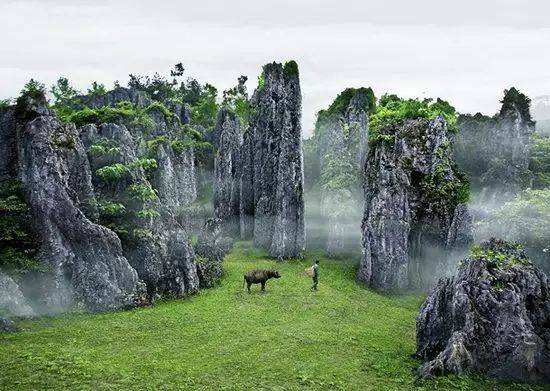
The wonderfully large Qianling Park(qianling gongyuan)immediately captures the visitor’s imagination.Once you go through its main gate,a hypnotic weave of green mountains refuses to release its grip.01d growth trees continue to cast their shadows overclear springs and distorted rocks as they have been doing for thousands of years.More than 1,500 species of trees,flowers and medicinal herbs grow in the mountains.Groups of monkeys and birds perch themselves on swaying branches as visitors climb the Nine Bend Trail(jiuqu jing)to the Hongfu Temple(hongfu si).Built in 1672,the temple is one of Guizhou’s most important Buddhist temples.Thousands of images of Buddha can be seen on the cliffs not far from the temple and the peak of Qianling Shan(qianling shan)offers a panoramic view of Guiyang.One unique feature is the Chuiluo Wall(chuiluo bi),which is pocked with many small holes.Blowing on the holes creates a sound and the locals claim that the louder that sound,the longer you’1l live.
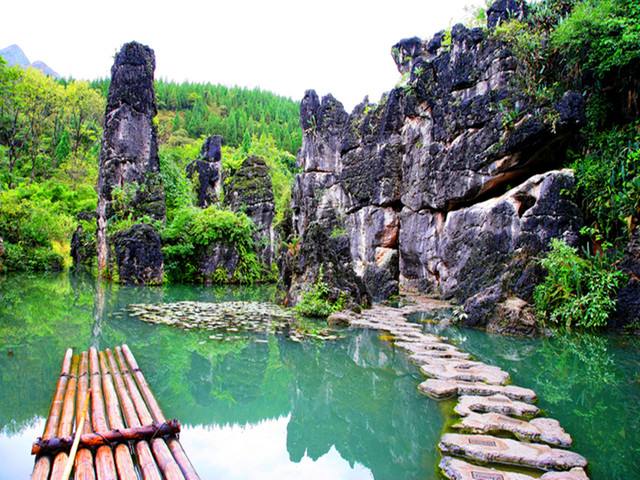
On the Fuyu Bridge that crosses the Nanming River is the Jiaxiu Tower(jiaxiulou).A local official built this tower in 1598 to encourage local scholars succeed in the imperial examinations.The three-story tower rises 66 feet(20 m)high and is decorated with green tiles,red pillars,engraved windows and white stone parapets,which is more than enough to inspire any would-be scholar to academic heights.
In Anshun,56 miles(90 km)from Guiyang,is the Huangguoshu Waterfalls(huangguoshi pubu),which have been deservedly called Guizhou’s most impressive scenic sight.Only recently discovered,the area consist features 18 waterfalls,caves,karst mountains and deep pools.The Huangguoshu Waterfalls is the best known of the 18 waterfalls and depending on the season,the water flow can be spectacular.This 3.7-mile-long(6 km)stretch makes a great day trip and the roaring water can be heard 1ong before actuallyreaching the falls.The falls plunge 243 feet(74 m)into the Rhinoceros Pool(xiniutan),and standing beside the pool is the Wangshui Pavilion(wangshui ting),which is a great place to get an up-close view of the crashing water.The Guanpu Pavilior(guanputing)offers a panorama view of the falls.The 440-foot-long(134 m)Water-Curtain Cave offers a unique view of the falls from behind.The power of the falls is best viewed during the rainy season when the mist from the cascading water envelopes the Huangguoshu Village.
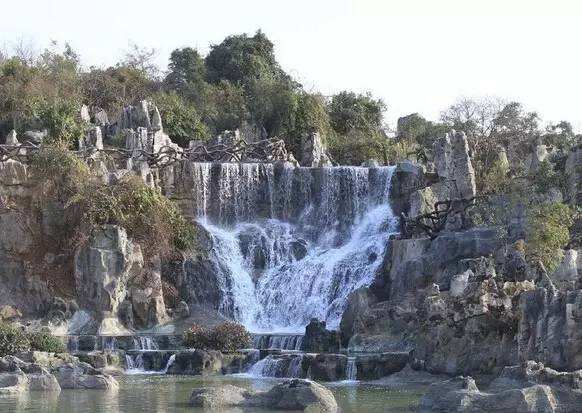
Atpical fiao village.
About 17 miles(27 km)from Anshun and conveniently located on the way to the Huangguoshu Waterfalls is China’s longest karst river cave complex,coupled with the 3-mile-long(5 km)Dragon Palace(longgong).A boat ride into the cave takes visitors pastan underground landscape of spiky stalactites and stalagmites.Underground falls and imaginatively named sights await within the cave and the surrounding scenic area.

The traditional villages also offer a relaxed getaway from the city life.Some tour packages will include these villages with various performances and handicrafts demonstrations,but for a true glimpse of village life head to one of the villages on your own.Here visitors will see stone houses,water buffalos at work and farmers in their fields.Friendly villagers are accustomed to tourists and will offer toothy smiles and handicrafts for sale.
